The cellist speaks to The Strad about her upcoming album Shades of Mourning, which explores the multifaceted nature of grief and mourning through original compositions
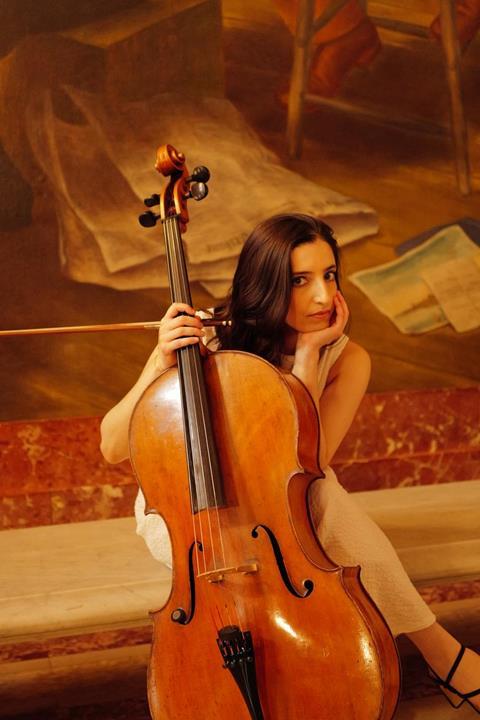
Discover more Featured Stories like this in The Strad Playing Hub
On 8 August 2025, New York City-based cellist and composer Tamar Sagiv will release her debut album, Shades of Mourning on Sono Luminus. The album features nine original compositions by Sagiv that explore the multifaceted nature of grief and mourning through deeply personal musical landscapes.
Shades of Mourning began in the most intimate of circumstances. ’This album began, unknowingly, at my grandmother’s deathbed,’ says Sagiv. ’I didn’t realise then that the piece I wrote while she was taking her last breaths would grow into an album, nor did I yet know I was a composer.’
That first piece became the album’s opening track – a passacaglia that Sagiv describes as ’a farewell to a woman who shaped my life in ways I’m still uncovering.’
Sagiv also draws inspiration from her Syrian-born grandfather, who ’believed in peace until his last day.’
’Because of him, I believe in peace, and I hope this is one belief I will never have to grieve. These experiences of personal loss, collective grief, and enduring hope became the foundation for the music in this album.’
Originally from Northern Israel, Sagiv began her musical training at the Kfar Blum Music Center with Uri Chen and continued at the Israeli Arts and Science Academy in Jerusalem with Hillel Zori. She earned her Bachelor’s degree from the Buchmann Mehta School of Music at Tel Aviv University, and completed both her Master’s and Professional Diploma (PDPL) at the Mannes School of Music in New York City under Matt Haimovitz’s guidance.
Each work on the album illuminates different aspects of the grieving process, from profound loss to unexpected moments of renewal. Sagiv spoke to The Strad about her personal insights on creating the album.
How does the theme of ‘grief’ translate into particular techniques used in the album?
The main elements I was exploring throughout this album were different sound colours and intonation, and my own voice just added to my colour palette.
What fascinated me most was playing around with intonation and tuning. In ’Shades of Mourning’ and ’Prelude,’ I tuned my cello slightly lower, and in ’Prelude’ I found myself ‘smudging’ the final note with a glissando, playing around the centre of the pitch and the unfortunate wolf I have on that note. For me, the imperfections and vulnerabilities become part of the emotional language. Grief isn’t clean or perfectly in tune, it has rough edges.
I was particularly drawn to working with mutes, especially in ’The End of Times’ and ’Shades of Mourning.’ I felt that made a profound difference in the overall emotional arc when listening to the album as a whole. In the cello quartets, I loved creating contrast by having some cellos muted while others not.
Grief isn’t clean or perfectly in tune, it has rough edges
Given that you ‘didn’t know yet you were a composer’, could you share some thoughts on your compositional process? Is it very improvisatory, or are you more led by harmony?
It’s such a great question! For all the pieces except the string trio, my process was definitely improvisational. I usually start with just me and the cello, improvising until something emerges. Some pieces came faster than others. ’The End of Times’ practically wrote itself within two hours, while ’Roots’ took months of writing, rewriting, and rewriting again.
I write very old school with pencil and paper, and I don’t decide on a scale, time signature, tempo, or metre ahead of time. Since my notation isn’t always crystal clear this way, I feel it gives me more freedom as the performer. I don’t predetermine what the piece is or what it’s going to become, so all my pieces retain improvisational elements. You can imagine this was quite challenging in the studio, as no two takes ever sounded the same.
However, when I wrote the trio, I realised I would need to be much more organised and clear. I didn’t want my friends to get angry with me! Violinist Leerone Hakami and violist Ella Bukszpan are fantastic players; I knew they could play anything I wrote, but I also knew that making the whole score illegible on paper would be a recipe for disaster. For the trio, I was led more by harmony and certain motifs I wanted to include from Philip Glass’s works, requiring a much more structured approach than my usual intuitive process.
How do the ideas take shape, and is each performance or take the same each time, or is there room for flexibility?
With these works, everything started with feeling. I think I was really journaling at that point in time, just with no words, only music. I usually begin with improvisation or a melody that gets stuck in my head, and then after I write it down and play it, I start developing it further.
I love the idea that every performance will sound a bit different. I was thinking a lot about jazz musicians and how they work with lead sheets. In a way, I treat what I write similarly. It’s always the same piece, but I want the sheet music to guide me more than tell me exactly how to play. I feel that as people we change and evolve, and I think this is such an important aspect of being an artist. This is why the notation serves as a framework rather than a rigid instruction manual.
Now that other people are playing my music, I always ask them to be flexible and bring their own interpretive voice to the pieces. I think this openness to variation honours the improvisational origins of the compositions, the specialness of the performer and their instrument, and keeps them alive in a way that overly precise notation might not always allow.
Shades of Mourning is released worldwide on Sono Luminus on 8 August 2025. Watch the video for ‘Roots’ here:
Read: ‘Grief never seems to go away’: violinist and composer Curtis Stewart
Read: How I found my violin (or rather, how my violin found me) - Lois de Cruz
Discover more Featured Stories like this in The Strad Playing Hub
The number one source for playing and teaching books, guides, CDs, calendars and back issues of the magazine.
In The Best of Technique you’ll discover the top playing tips of the world’s leading string players and teachers. It’s packed full of exercises for students, plus examples from the standard repertoire to show you how to integrate the technique into your playing.
In the second volume of The Strad’s Masterclass series, soloists including James Ehnes, Jennifer Koh, Philippe Graffin, Daniel Hope and Arabella Steinbacher give their thoughts on some of the greatest works in the string repertoire. Each has annotated the sheet music with their own bowings, fingerings and comments.
The Canada Council of the Arts’ Musical Instrument Bank is 40 years old in 2025. This year’s calendar celebrates some its treasures, including four instruments by Antonio Stradivari and priceless works by Montagnana, Gagliano, Pressenda and David Tecchler.

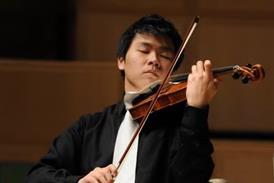



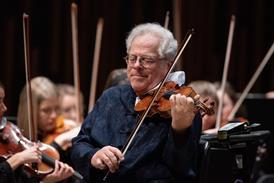
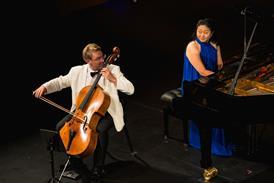


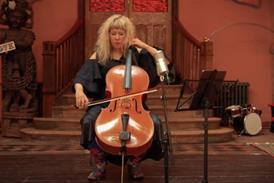

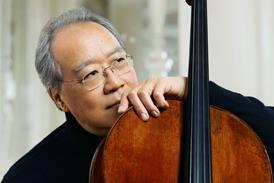

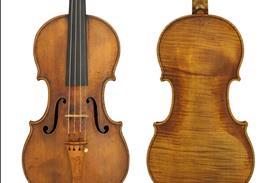
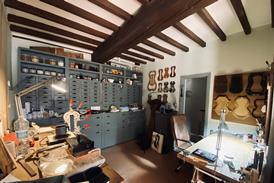
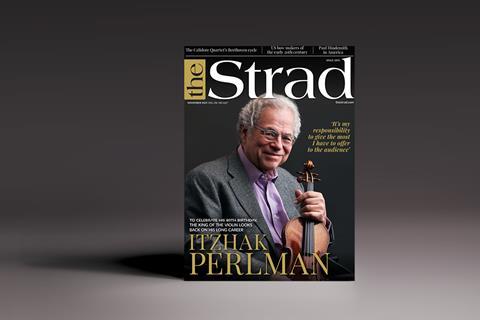





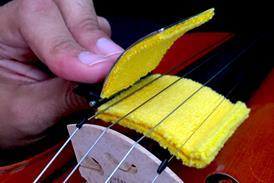
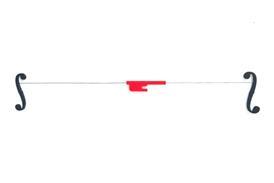
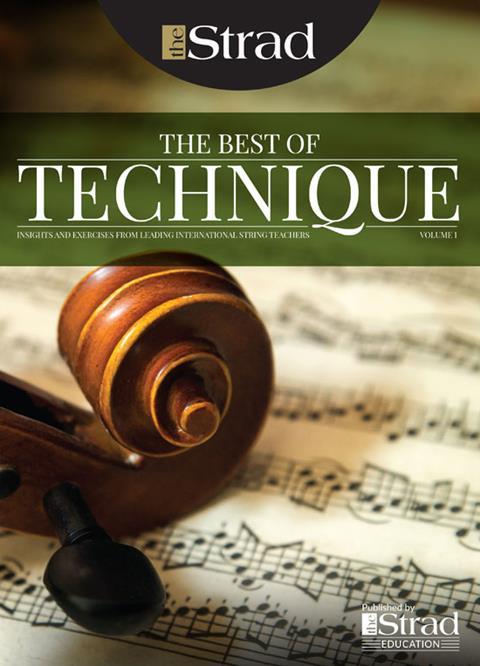
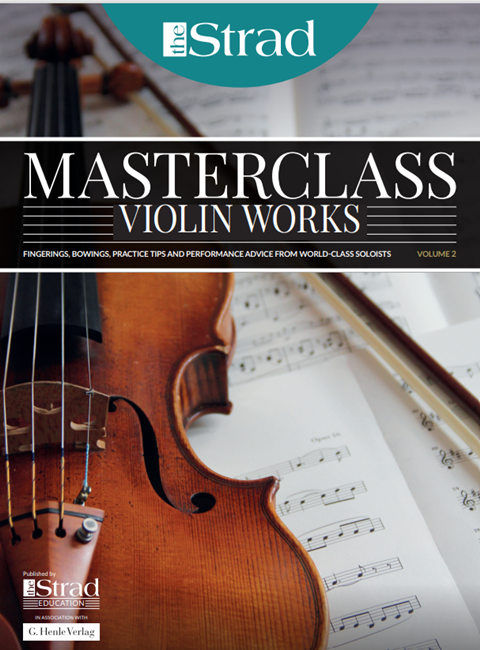
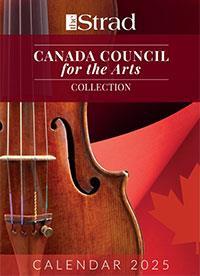

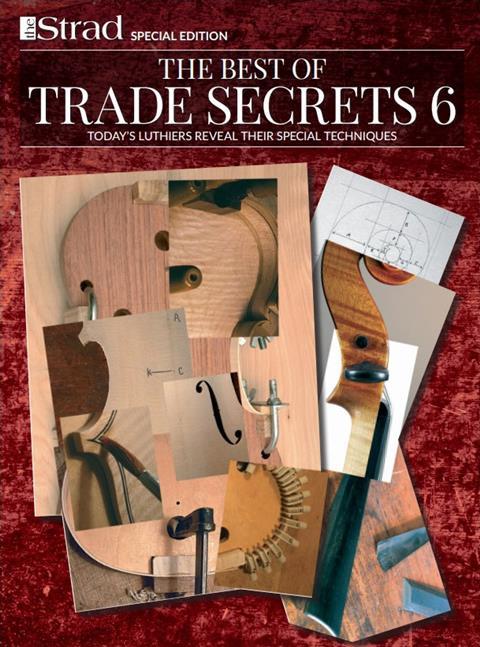
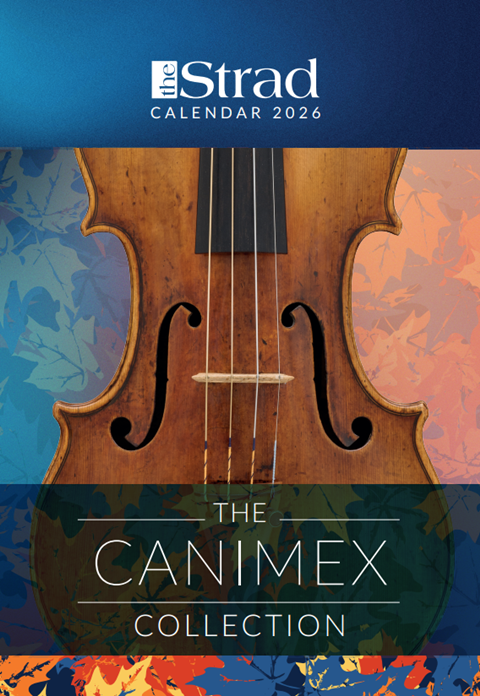
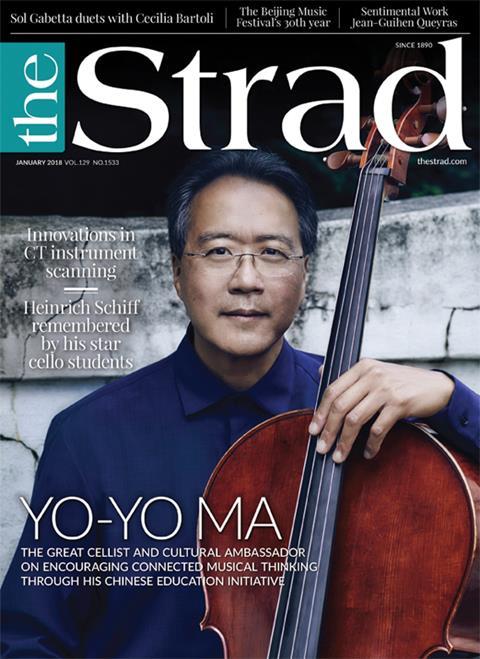












No comments yet